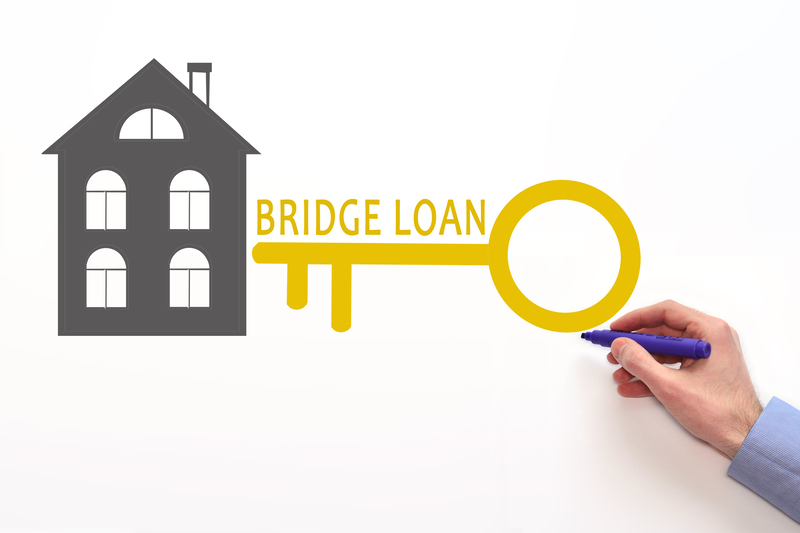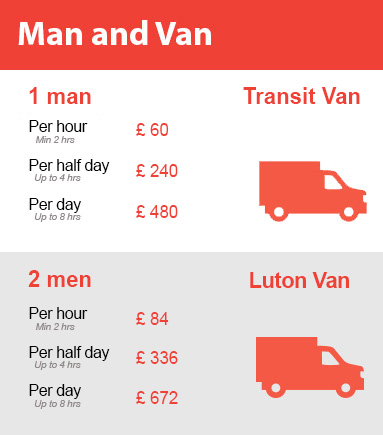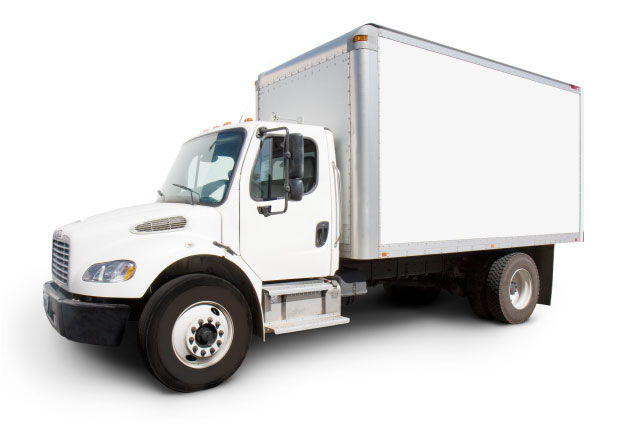Preparing Your Bed and Mattress for a Move Made Easy
Posted on 17/06/2025
Preparing Your Bed and Mattress for a Move Made Easy
Moving home can be a challenging process, especially when it comes to relocating large and essential items like your bed and mattress. Ensuring these items remain protected and are transported efficiently is crucial for both comfort and hygiene in your new place. In this comprehensive guide, we'll walk you through the steps of preparing your bed and mattress for a move, making the process simpler, safer, and stress-free.

Why Proper Bed and Mattress Preparation Matters
Many overlook the importance of bed and mattress preparation for a move. However, improper handling can lead to:
- Physical damage: Bending, breaking, or tearing during transit.
- Dirt and stains: Exposure to dust and moisture in the moving truck or on the street.
- Infestations: Uncovered mattresses or headboards can pick up pests.
- Lost hardware: Important bolts or braces may go missing.
By investing a little time and effort into correctly preparing your bed and mattress for moving, you protect your investment and ensure a smooth transition to your new home.
Step 1: Gather the Necessary Packing Supplies
Before you start dismantling and packing, make sure you have all the required tools and materials for an efficient move:
- Mattress bag or cover: Essential for protecting your mattress from stains, dust, and moisture.
- Furniture blankets or pads: For wrapping headboards, footboards, and frames.
- Bubble wrap: Provides cushioning to delicate bed components, especially wooden or ornate pieces.
- Plastic wrap: Keeps pieces bound and protects against scratches.
- Allen wrench or screwdriver: For dismantling your bed frame.
- Resealable plastic bags: To store screws and small parts (label these clearly!).
- Moving straps or ropes: For easy handling and securing your mattress and bed within the moving vehicle.
- Markers and labels: To identify bed parts and assembly hardware.
Step 2: Strip and Clean Your Bed and Mattress
Before you move your bed and mattress, take the opportunity to clean them thoroughly:
- Remove all bedding: Take off sheets, blankets, duvets, and pillows. Launder them before packing for freshness.
- Vacuum the mattress: Use an upholstery attachment to vacuum the mattress surface. Pay special attention to seams where dust and mites can hide.
- Spot clean: Address any stains on the mattress or upholstery using a gentle cleaner. Allow it to dry completely before covering.
- Clean the bed frame: Wipe down with an appropriate cleaner for the material (wood, metal, or upholstered).
Starting with clean items reduces the risk of transferring dirt or allergens into your new home and gives you a fresh start.
Step 3: Disassemble Your Bed Frame
Most beds move safest when dismantled. Follow these steps for a smooth disassembly:
Take Photographs Before You Start
It's helpful to photograph your bed construction before taking it apart. These images serve as a reference for reassembly later.
Remove the Mattress and Box Spring
Begin by lifting the mattress off the bed frame, followed by the box spring. Do this with help if needed--mattresses can be heavy and unwieldy!
Disassemble the Bed Frame
- Detach the headboard and footboard (if applicable).
- Unscrew side rails and support slats.
- Group similar parts (rails, slats, bolts) and secure them together with tape or wrap where possible.
As you remove screws, nuts, and bolts, place them in your labelled resealable plastic bags. You could tape these bags to the main bed components so they don't get lost in transit.
Step 4: How to Pack and Protect Your Mattress
Use a Mattress Bag or Cover
Invest in a high-quality mattress bag. Clean your mattress thoroughly first, then slide it into the bag to shield against dust, spills, and tears. If a mattress bag isn't available, heavy-duty plastic sheeting or a painter's tarp can substitute--secure it tightly with packing tape.
Consider the Mattress Type
- Innerspring Mattresses: More structurally robust but can be heavier. Avoid bending as it could damage the springs.
- Memory Foam and Latex: More flexible, but bending for prolonged periods can cause permanent deformation.
- Hybrid Mattresses: Handle with care and follow manufacturer instructions for moving.
Important: Never fold or bend a mattress unless explicitly instructed--it may impair comfort and support.
Secure Mattress in the Moving Truck
Always stand the mattress on its side and secure it upright with moving straps or between heavy objects. This prevents shifting and keeps it clean during the move.
Step 5: Packing and Protecting Bed Frames and Accessories
Wrap All Components
- Wrap the headboard and footboard in moving blankets, followed by an extra layer of plastic wrap or bubble wrap for extra protection.
- Cover slats, rails, and other pieces to prevent scratches or dents.
- For intricate parts or fragile decorations, use additional bubble wrap on corners and edges.
Label Everything Clearly
Use a marker to write on tape (not directly on the wood or fabric) which parts go together, such as "left side rail, master bed". This makes reassembly much easier and faster.
Special Tips for Different Types of Beds
Platform Beds
These often have many slats and support beams. Bundle these together using zip ties or tape, and keep the assembly hardware in a labelled bag.
Bunk Beds or Loft Beds
Bunk beds benefit from extra labelling for each segment, since their assembly can be more complex. Photograph connections and label each piece's position before separating.
Adjustable or Motorized Beds
- Unplug all electronics and wrap cords securely.
- If possible, detach motors and controls and transport them in a separate, secure box.
- Follow manufacturer instructions for moving and reassembly; consult the manual or contact customer support if needed.
Antique or Delicate Beds
If your bed is a valuable or heirloom piece, consider professional packing services for maximum care. Otherwise, use plenty of padding and ensure fragile parts are well protected.
Step 6: Moving Day - Handling and Loading Techniques
- Move the mattress with two people. Mattresses are bulky and best handled with a partner.
- Use mattress moving straps or a dolly where available.
- Keep bed frame pieces flat in the moving truck, or stand edges upright and secure to minimize movement.
- Never place heavy items on top of your mattress, which may deform or damage it during transit.
By loading the mattress and bed parts last, they're among the first unloaded, minimizing their time in transit and exposure to potential mishaps.
Step 7: Unpacking and Reassembling at Your New Home
Unpack in a Clean Environment
Before bringing your protected mattress and bed components inside, clean the destination rooms thoroughly, especially if construction or renovation has just finished.
Reassemble with Your Photos and Labels as Guides
- Lay out all parts and hardware, checking them against your original labels.
- Use the photos you took before disassembly to put pieces back together accurately.
- Tighten all bolts and screws to ensure a sturdy sleep setup.
Ventilate and Air Out Your Mattress
Allow your mattress to air out for a few hours before making the bed. This helps eliminate any lingering odors from plastic covers or transportation.
Check for Damage
Inspect your mattress and bed for any transit-related damage, and contact your moving company if you find issues. Early reporting increases your chance of successful claims.
Mattress Disposal and Donation Options
If you're opting for a new mattress at your new residence, consider these options for the old one:
- Donate to local shelters or charities--ensure the mattress is in good condition.
- Recycle through community recycling programs specializing in mattresses.
- Arrange professional disposal with your moving company or through city waste services.

Frequently Asked Questions About Moving Beds and Mattresses
Can you roll or fold a memory foam mattress for moving?
Some memory foam mattresses can be carefully folded short-term for moving, but always check manufacturer recommendations. Avoid keeping them folded for more than a couple of hours, and let them expand immediately upon arrival.
How do I move a king-size bed and mattress?
King beds may need partial disassembly. Due to their size and weight, it's safest to hire professional movers for king mattresses and frames.
What if I lost my bed assembly instructions?
Many manufacturers keep digital manuals online. Search for your brand and model number, or look up similar designs for assembly guidance. Your photos will also prove invaluable here!
Conclusion: Moving Your Bed and Mattress Made Simple
With the right preparation, moving your bed and mattress doesn't have to be a stressful experience. By following the steps outlined--cleaning, dismantling, packing carefully, and loading mindfully--you minimize risks and enjoy nights of comfortable rest in your new home. Don't hurry the process; taking extra care during each stage will save you time and prevent headaches later. For help with oversized or delicate beds, don't hesitate to hire professionals who specialize in moving beds and mattresses safely.
Ready for your move? Start preparing today and ensure your bedroom setup is as cozy and inviting in your new space as it was in your old one!





